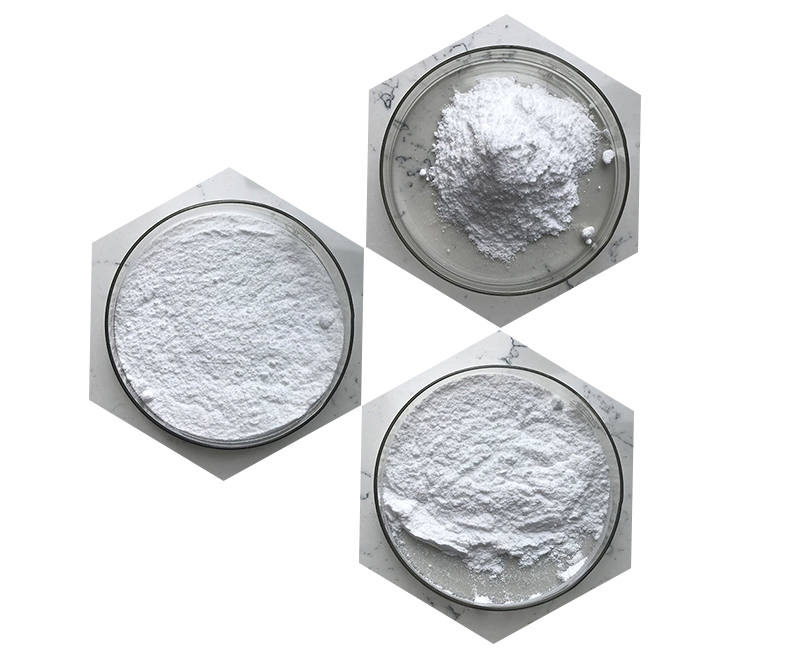L-theanine, an amino acid primarily found in tea leaves (Camellia sinensis), is commonly synthesized via chemical methods. The synthetic process typically involves starting from simpler, readily available compounds. Here’s an outline of a typical synthesis method for L-theanine:
1. Starting Material:
Ethyl glutamate (ethyl 2-aminoglutarate) is a common starting material for L-theanine synthesis. It has the necessary functional groups for the final product, which is a derivative of glutamic acid.
2. Nucleophilic Substitution Reaction:
The synthesis involves the nucleophilic substitution of ethyl glutamate with ethylamine (or sometimes other amines, depending on the desired substitution pattern). This step introduces the amine group into the molecule.

3. Cyclization Step:
A cyclization reaction occurs, leading to the formation of a cyclic intermediate. This process is driven by the reaction conditions, which typically involve heating with an appropriate solvent.
4. Final Steps:
After cyclization, further reactions are used to refine the structure and ensure the correct stereochemistry of L-theanine. The compound is then purified and crystallized to yield the final L-theanine product.
5. Purification:
The crude product is purified using techniques such as recrystallization or chromatography to obtain L-theanine in its pure form.

Alternate Synthetic Routes:
Some other synthetic routes use L-glutamic acid or L-glutamine derivatives as starting materials, which then undergo similar reactions (amine addition and cyclization) to produce L-theanine.
Summary:
The synthesis of L-theanine typically involves a process of nucleophilic substitution, cyclization, and purification from a starting material like ethyl glutamate or glutamic acid derivatives. The process can be optimized for yield and purity depending on the scale and the desired application of the L-theanine.
If you need more details on a specific reaction step or alternative methods, feel free to ask!
